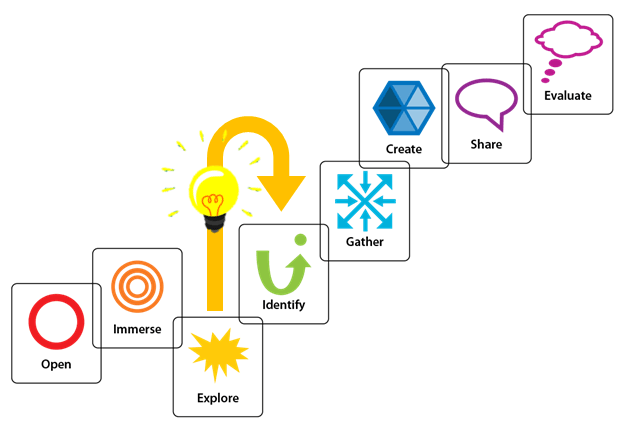I had the opportunity this week to work with Year 10 HPE students for their “Risky Behaviours” unit. In groups, students are to select one area of interest, analyse the topic and statistics, develop guidelines, and produce a presentation. The students had previously visited the library to unpack their assignment by identifying instruction words, key terms, and limiters and to identify and practice effective search skills. The second lesson they had with a TL was to check-in during their exploration stage. This gave me the opportunity to guide students through and out of the dip. I asked questions to gauge their knowledge, interest areas, and chosen avenues. We talked about potential pathways to narrow their topics, Boolean Operators to assist in searching, and helpful databases and websites. While these were all discussed during their first lesson, when students are in the exploration stage they require reminders and guidance to refocus their thoughts and actions. Through these conversations, the students had many light bulb moments by connecting their chosen topic to events they had seen or read in the news. This piqued their interest and was the beginning of the students entering the Third Space. Students went on to discuss, in their groups, their personal experiences and viewpoints on the topic and how it relates to their lives. This session allowed me to remind students to refer back to the task to ensure their research and responses were relevant and would meet task requirements and it allowed me to engage in their research process as a guide and fellow learner. This zone of intervention allows TLs to help students get from exploration to formulation. This practice equips students with the skills to put information into some kind of order to better make sense of what they are finding.
